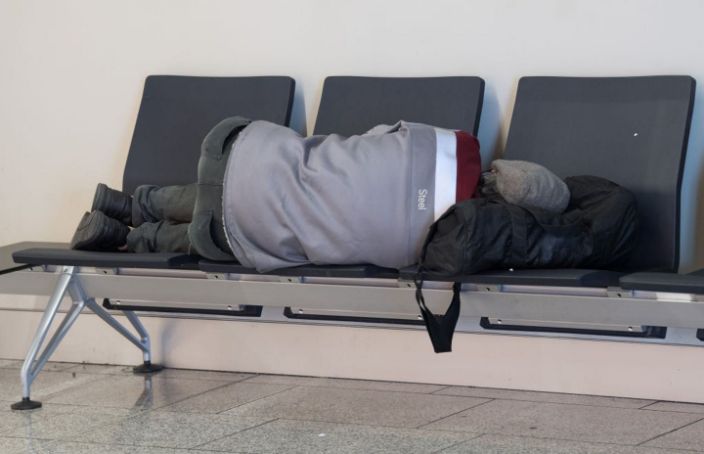In January, local authorities arrested a 36-year-old man named Aditya Singh after he had spent three months living at Chicago’s O’Hare International Airport. Since October, he had been staying in the secure side of the airport, relying on the kindness of strangers to buy him food, sleeping in the terminals, and using the many bathroom facilities. It wasn’t until an airport employee asked to see his ID that the jig was up.
Singh, however, is far from the first to pull off an extended stay. After more than two decades studying the history of airports, I’ve come across stories about individuals who have managed to take up residence in terminals for weeks, months and sometimes years.
Interestingly, though, not all of those who find themselves living in an airport do so of their own accord.
Blending in with the crowd
Whether it’s in video games like “Airport City” or scholarship on topics like “airport urbanism,” I’ll often see the trope that airports are like “mini cities.” I can see how this idea germinates: Airports, after all, have places of worship, policing, hotels, fine dining, shopping and mass transit.
But if airports are cities, they’re rather strange ones, in that those running the “cities” prefer that no one actually takes up residence there.
Nonetheless, it is possible to live in airports because they do offer many of the basic amenities needed for survival: food, water, bathrooms and shelter. And while airport operations do not necessarily run 24/7, airport terminals often open very early in the morning and stay open until very late at night.
Many of the facilities are so large that those determined to stay – such as the man at O’Hare – can find ways to avoid detection for quite some time.
One of the ways would-be airport residents avoid detection is to simply blend in with the crowds. Before the pandemic, U.S. airports handled 1.5 million to 2.5 million passengers on any given day.
Once the pandemic hit, the numbers dropped dramatically, falling below 100,000 during the early weeks of the crisis in the spring of 2020. Notably, the man who lived at O’Hare for a little over three months arrived in mid-October 2020 as passenger numbers were experiencing a rebound. He was discovered and apprehended only in late January 2021 – right when passenger numbers dropped considerably after the holiday travel peaks and during the resurgence of the coronavirus.
Source: The Conversation



